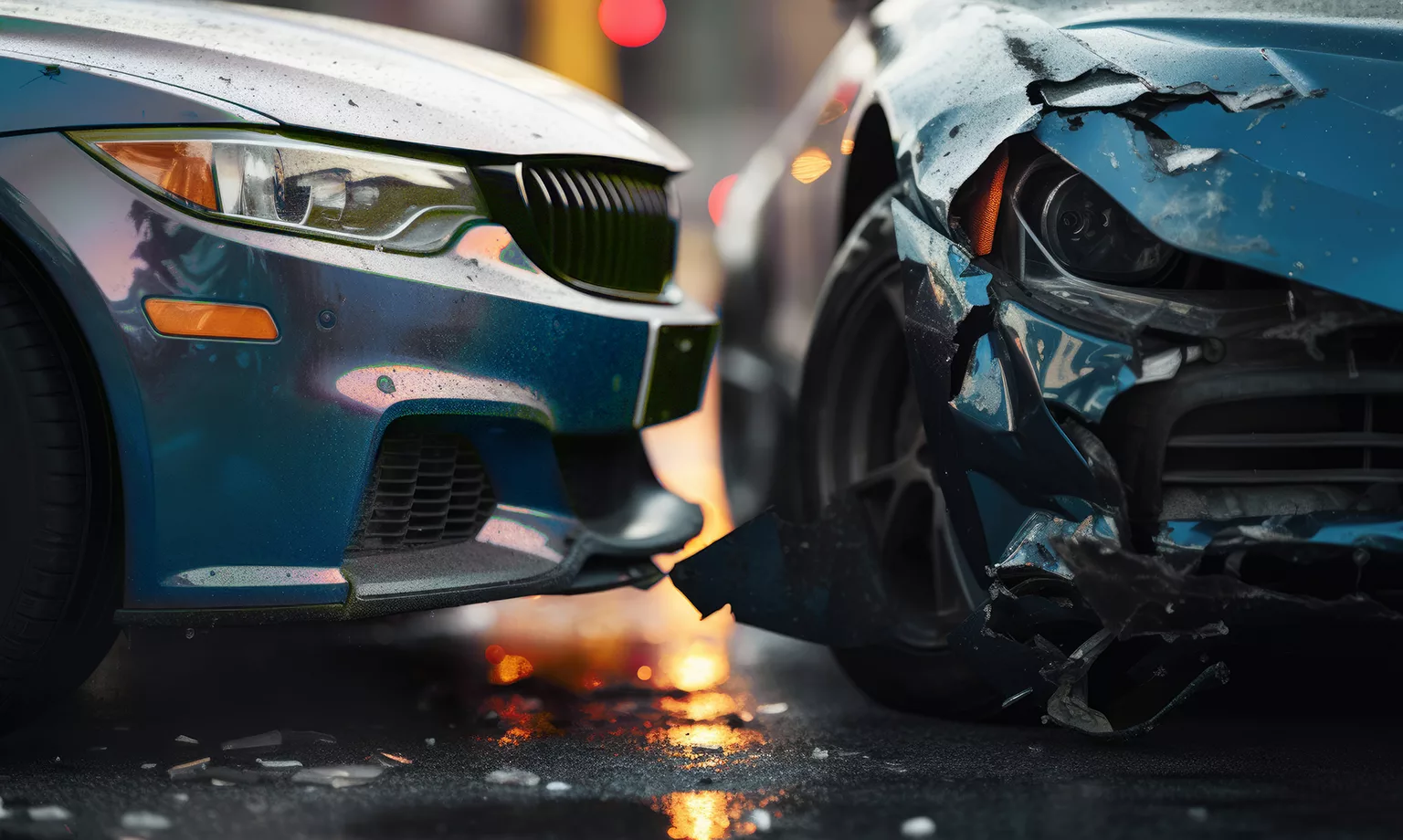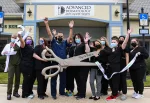Ryan Bruno, President and CEO of CSN Collision, gives his insights into the current challenges and future outlook for the collision repair industry.
AN ERA OF CHANGE
The collision repair industry has a rich history marked by significant developments.
Initially, in the early 1920s, general repair shops or blacksmiths often carried out vehicle maintenance. The industry lacked standardized practices at the time, and as expected, repairs varied widely in quality as a result.
Insurance companies began playing a more involved role in the industry in the 1960s with the emergence of Direct Repair Programs (DRPs), where insurers partnered with preferred auto body shops to streamline the claims process. This shift brought about more standardized repair practices and increased accountability in the industry.
As with the rest of the world, collision repair entered the digital age of the 1980s by embracing computerized systems. Digitization of the industry helped improve accuracy in estimating repair costs, subsequently improving customer relationships.
Moving into the 21st century, the industry began to head in the direction of technological progress such as advanced driver assistance systems (ADAS) and hybrid-electric vehicles, all of which presented new challenges.
As vehicle manufacturers released new models and parts, technician training and original equipment manufacturer (OEM) certification acquisition have had to keep up in tandem to demonstrate knowledge and skill in collision repair over time.
2019 cannot be glossed over, as the ripple effects of COVID-19 are still felt today and continue to influence the industry.
The pandemic highlighted the importance of safety measures and accelerated the adoption of digital tools for remote communication, estimating, and workflow management, which has had a progressive impact on how business is conducted in repair facilities.
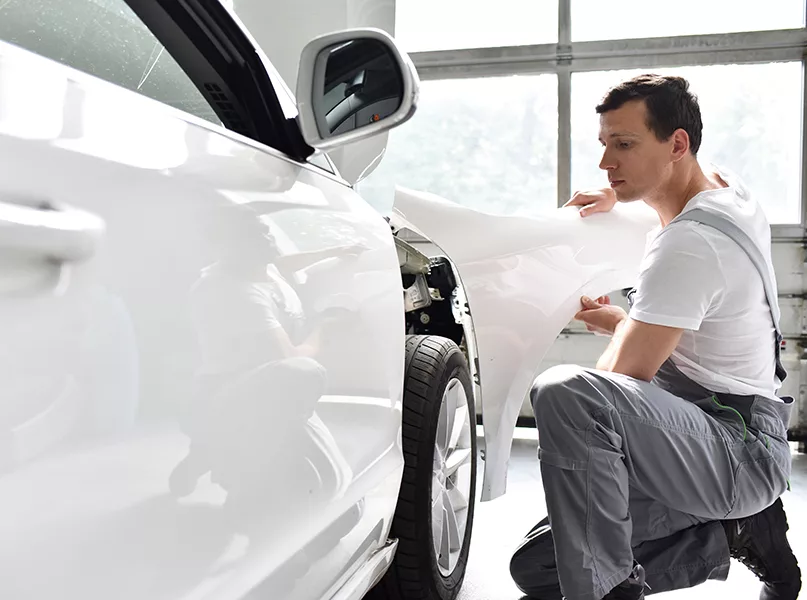
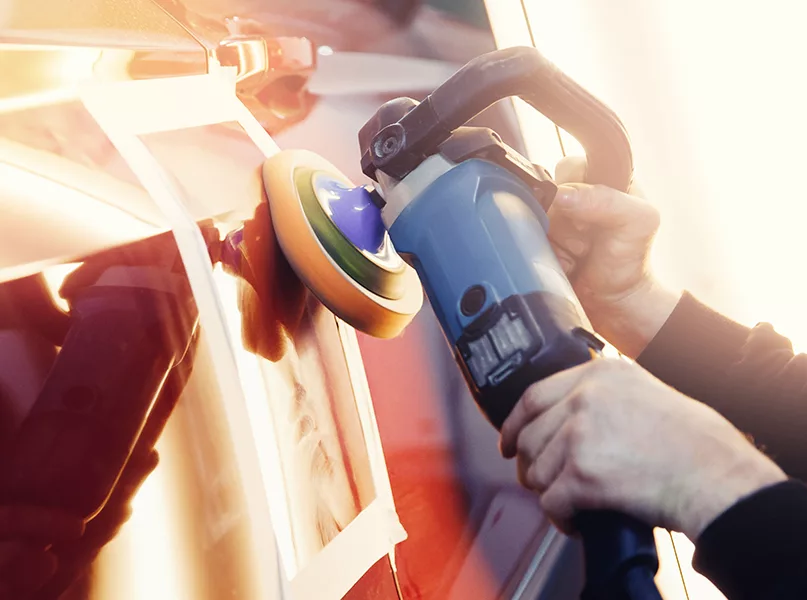
INDUSTRY CHALLENGES TODAY
Much like with other industries, there has been an ebb and flow of rising concerns within collision repair.
Of utmost importance is the skilled labor shortage; however, other areas of note include advancements in automated technology, managing and demystifying insurance, the production and supply of parts, and finally, environmental and social responsibility.
Skilled labor shortage – Finding and retaining skilled technicians is a persistent challenge. The aging workforce, and a lack of interest in this industry from younger generations, contributes to a need for more qualified professionals.
CSN Collision has begun exploring recruitment opportunities with trade schools. Additionally, the company offers its network recruitment support packages, allowing them to focus on delivering timely, quality service.
Furthermore, CSN Collision has created a learning management system (LMS) populated with courses that equip the company’s network with the skills required to deliver the best possible experience to customers.
Courses vary from personal development to managing relationships with insurers. LMS is vital to CSN Collision’s success; therefore, the company commits to upgrading and keeping the content fresh.
Added to that is CSN Collision’s expanded concentration on shop success, focusing on productivity through training sessions and individual coaching programs.
“There are a lot more opportunities in the collision repair industry now than there has ever been,” states Ryan Bruno, President and CEO of CSN Collision.
“With new and upcoming technologies, such as artificial intelligence (AI), I think that we will see a continued shift as the industry increasingly becomes more tech-forward. This will create more opportunities to attract diversified talent to the industry.”
Technological advancements – The collision repair industry is grappling with the rapid evolution of automotive technologies. Keeping technicians updated on new repair methods and investing in advanced equipment are ongoing challenges.
CSN Collision is always on the lookout for new training opportunities offered by its OEM and vendor partners.
“We provide our network with the channels to acquire certifications and other training through mutually beneficial relationships,” Bruno tells us.
Insurance complexity – Dealing with insurance companies and navigating complex claims processes can be arduous for the customer.
Insurance policy and procedure changes could add layers of complexity for collision repair businesses, especially when navigating these changes with the customers.
“At CSN Collision, our established relationships with insurance providers enable us to facilitate mutually beneficial agreements between the stores in our network and the insurers. We also provide administrative services that lighten the shops’ workload,” assures Bruno.
Supply chain disruptions – The industry is susceptible to supply chain disruptions, affecting the availability of replacement parts. Global events, as evidenced by the COVID-19 pandemic, can also impact the timely procurement of essential components.
At CSN Collision, transparent communication is vital to customer satisfaction. Additionally, external factors that could account for delays are built into the company’s repair timelines.
Environmental regulations – Stringent environmental regulations pose challenges as the industry adapts to eco-friendly practices. Implementing sustainable processes and disposal methods may be seen as costly and complex, but they are worthwhile.
CSN Collision has consistently demonstrated its pledge to be socially conscious by contributing to local communities and lowering its carbon footprint.
The company has raised over $600,000 for the Make-A-Wish Foundation in support of granting wishes for children living with critical illnesses, and is involved in several local support programs, such as refinishing vehicles for families in need.
“We have also partnered with the Science Based Targets initiative (SBTi), and although in the initial stages, we have already made impactful changes within our corporate office, such as replacing all lighting with high-efficiency bulbs that will reduce the use of electricity by approximately 30 percent,” informs Bruno.
“In addition, CSN Collision participates in automotive parts recycling; we have two bumper recycling programs in place, with a view to expanding them. We remain committed to identifying and implementing other improvements in the areas of environmental, social, and governance (ESG).”
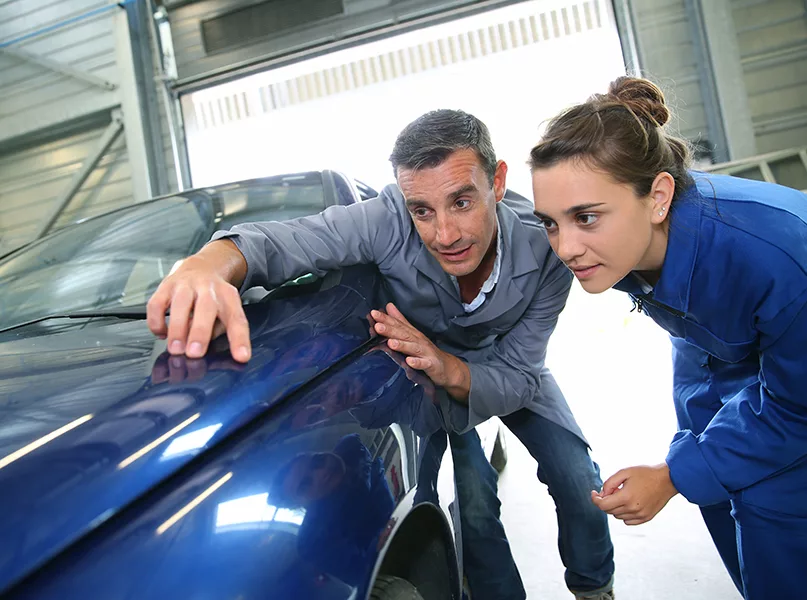
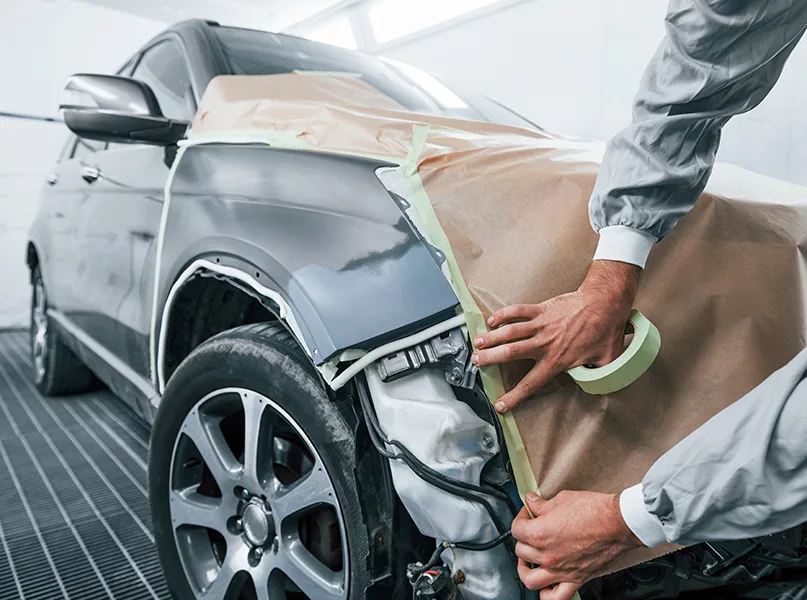
THE INDUSTRY TOMORROW
The future of the collision repair sector will include even more change. Closing the labor gap is at the forefront of every business, and this industry is no different.
Continued advancements in the way that vehicles are manufactured, combined with strong population growth in Canada, will lead to a surge in demand for technicians capable of repairing the vehicles of tomorrow.

We are continuously investing in our stores through training, equipment, OEM certifications, opening new locations, and investing in calibration technology. These are the key ways we remain future-ready while continuing to provide excellent customer service.
Ryan Bruno, President and CEO, CSN Collision
Technicians joining the industry will have the opportunity to work with very interesting technology, such as ADAS systems, electric vehicles (EVs), autonomous vehicles, and specialized materials such as carbon fiber and aluminum.
“AI will have an immeasurable impact in collision repair as it relates to administration, claims management, and repair processes, bringing about cost reductions, an uptick in efficiency, and a better experience for customers, repair facilities, insurers, and all industry stakeholders,” Bruno notes.
Additionally, ever-changing consumer expectations will push the industry towards enhanced customer experiences, digital solutions, and streamlined services.
Collaboration with insurance providers and continued investment in training programs will be essential for adapting to changing customer expectations and ensuring a skilled workforce. Overall, with the right strategies in place, the collision repair industry will successfully transition to a sustainable and digitally integrated future.
“Sustainability will also play a transformative role in the industry, forcing a re-evaluation of some business models,” insights Bruno.
“Changes in vehicle construction will inform the upgrading of repair equipment, which will prompt investment in training and draw in the younger generation.
“Even as we do our best for the environment, we recognize that there is always room for improvement. Therefore, we aim to lead by example from within our corporate office and provide resources to the stores so they can improve as well,” he adds.
Regardless of the drive towards a more technologically adaptive future, skilled labor remains at the helm of the industry’s future.
CSN Collision values the expertise of the shops and affiliates within its network, as well as its corporate team. An engaged team, including dedicated partners, is what makes businesses scalable.
“Through a focus on the growth and performance of our shops, our goal is to scale up our network to all markets and solidify mutually beneficial industry partnerships while maintaining premium service to our customers,” Bruno outlines.
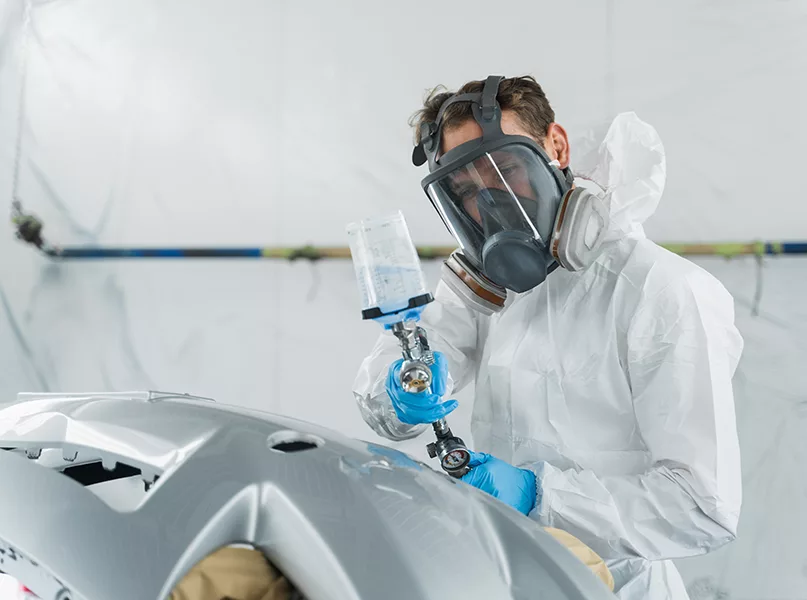
“Businesses that integrate various demographics will be successful, while others might find the future more challenging.
“Equity, diversity, and inclusion are integral to the growth of any industry, especially one experiencing a severe shortage of skilled labor. We must prioritize making the collision repair industry more appealing to demographic groups that traditionally may not have considered it a viable option.”
Collaborating with other industry players is an excellent opportunity to overcome some of the sector’s challenges. “The future is bright for the industry as long as we work together to make our vision tangible,” concludes Bruno.

